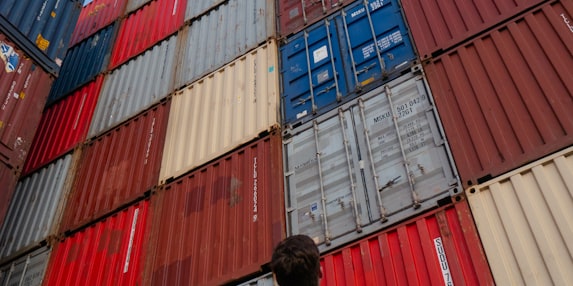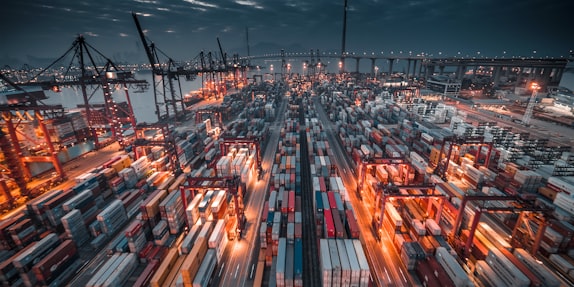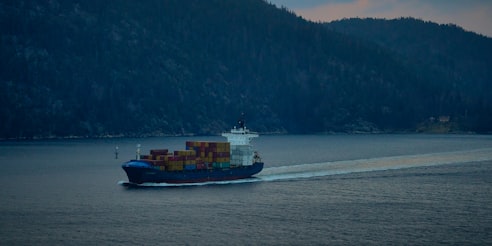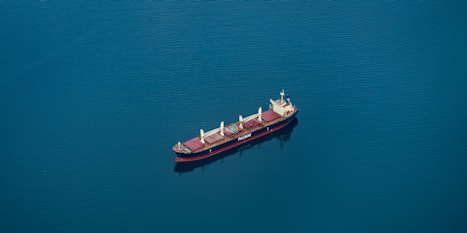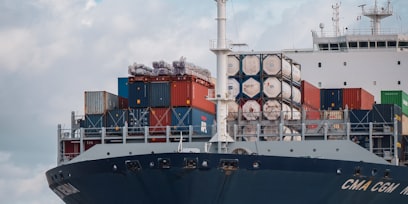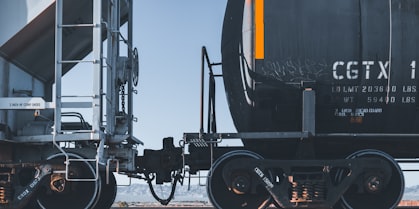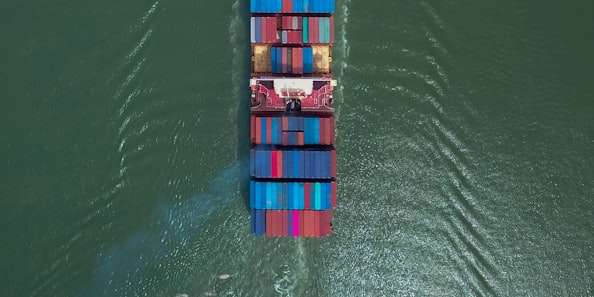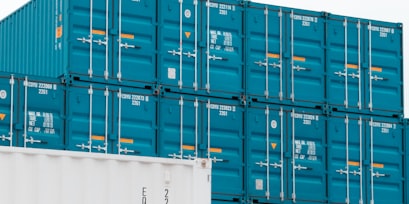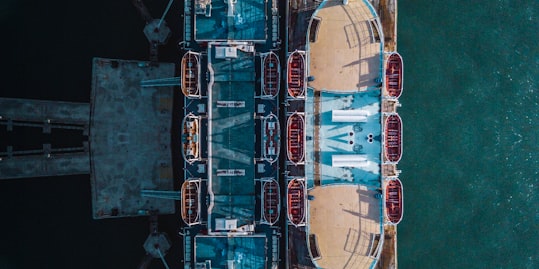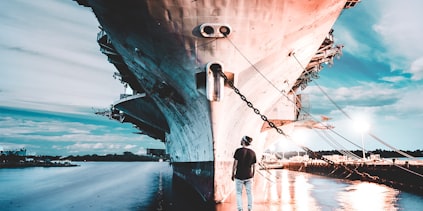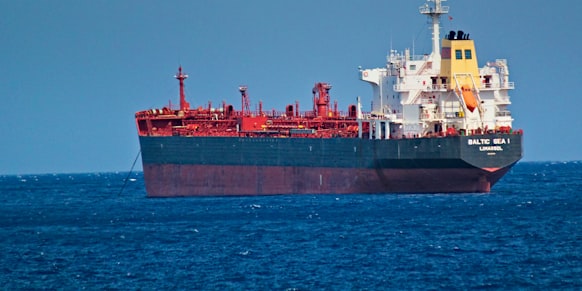

This is the latest in a periodic series that profiles U.S. ports. While the ports have similarities, all have different histories and many focus on certain cargoes. The nation is fortunate to have ports along its three coasts, major rivers and the Great Lakes.
Overview
The Port of Corpus Christi (Port Corpus Christi) is located on the south-central coast of Texas in the western Gulf of Mexico and on the southern shores of Corpus Christi Bay. The port is 190 nautical miles southwest of the Port...
